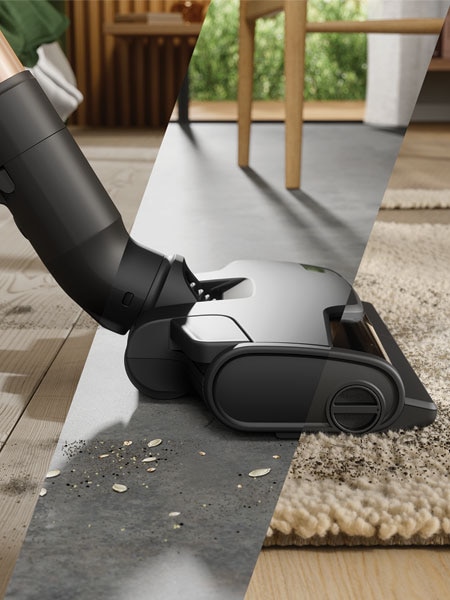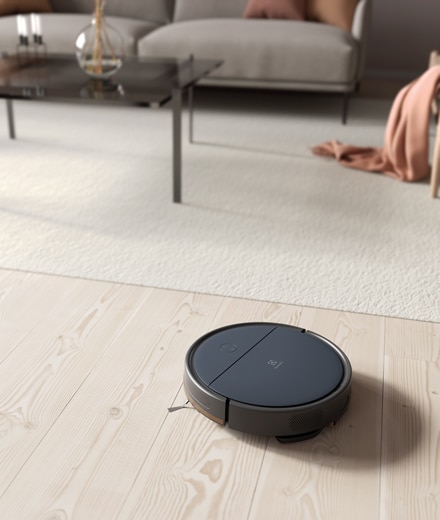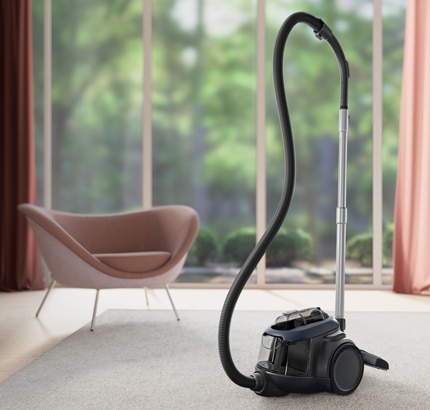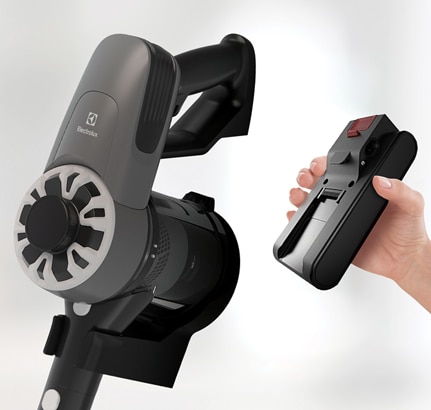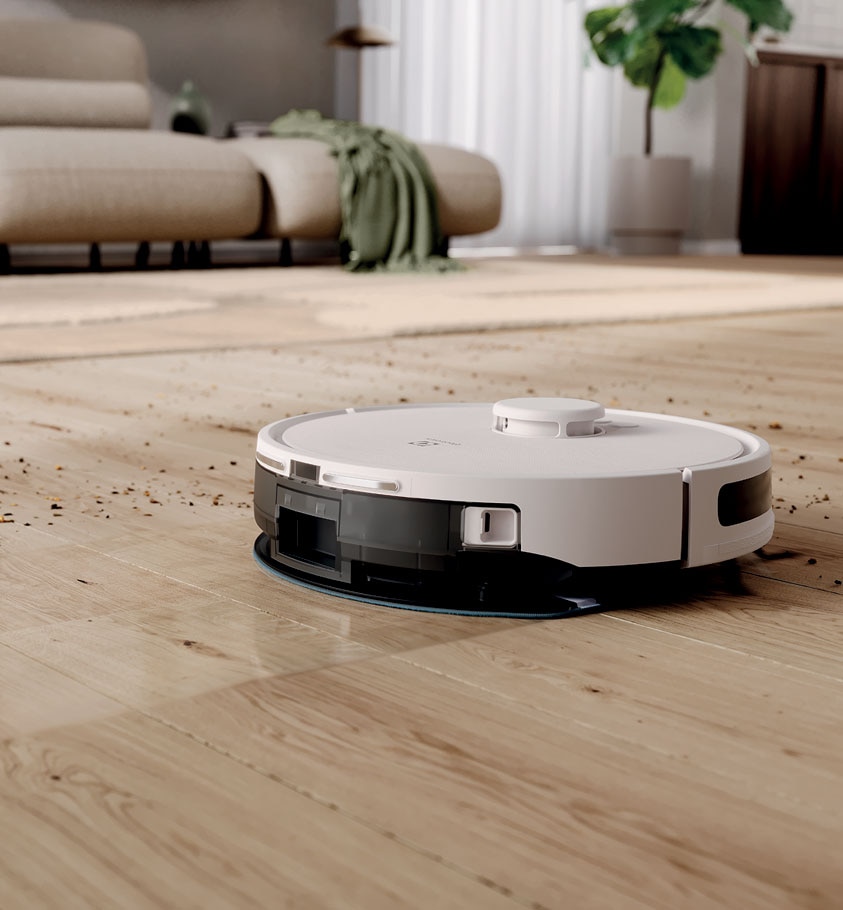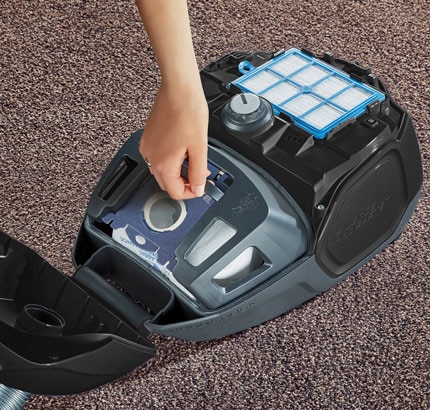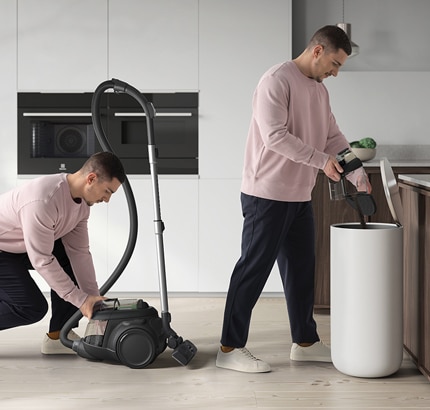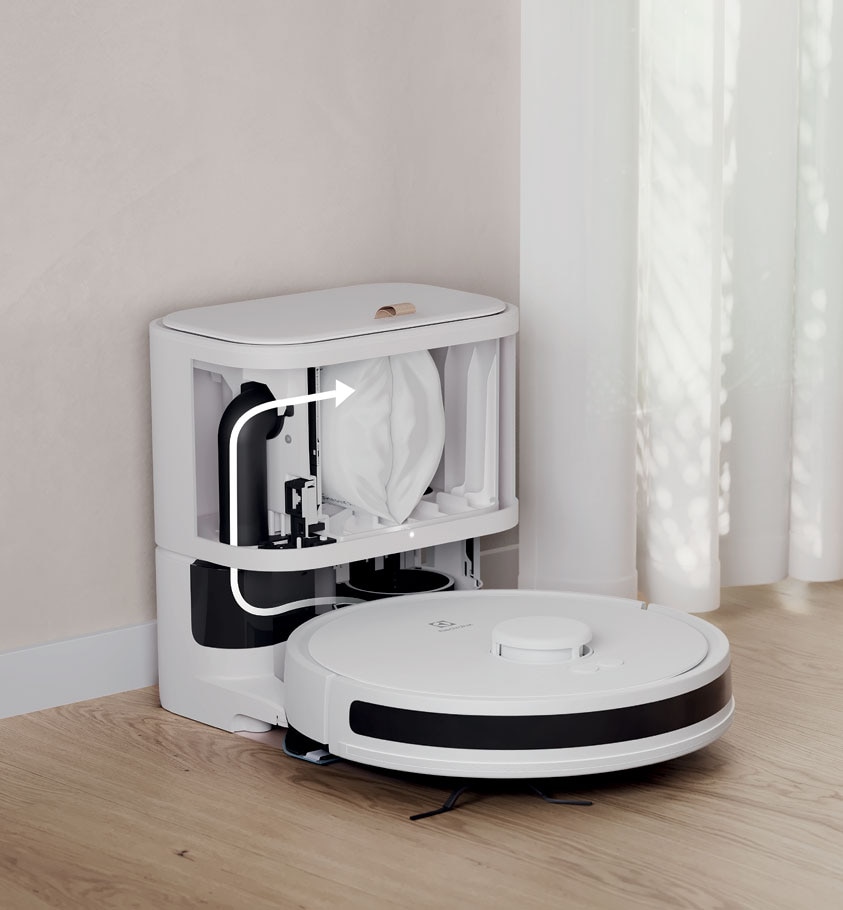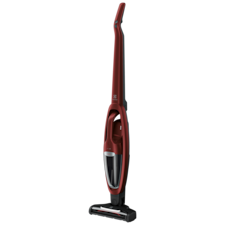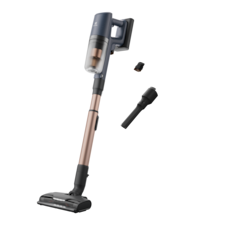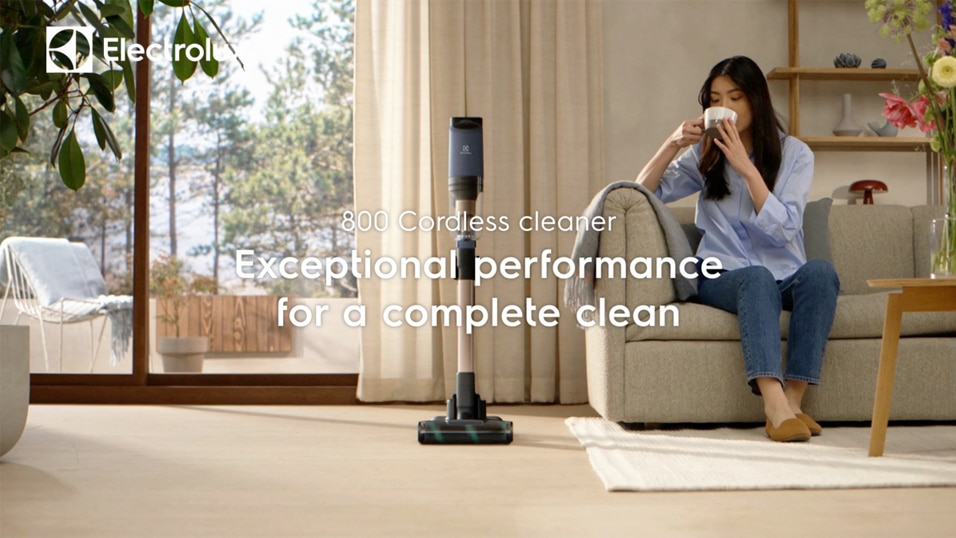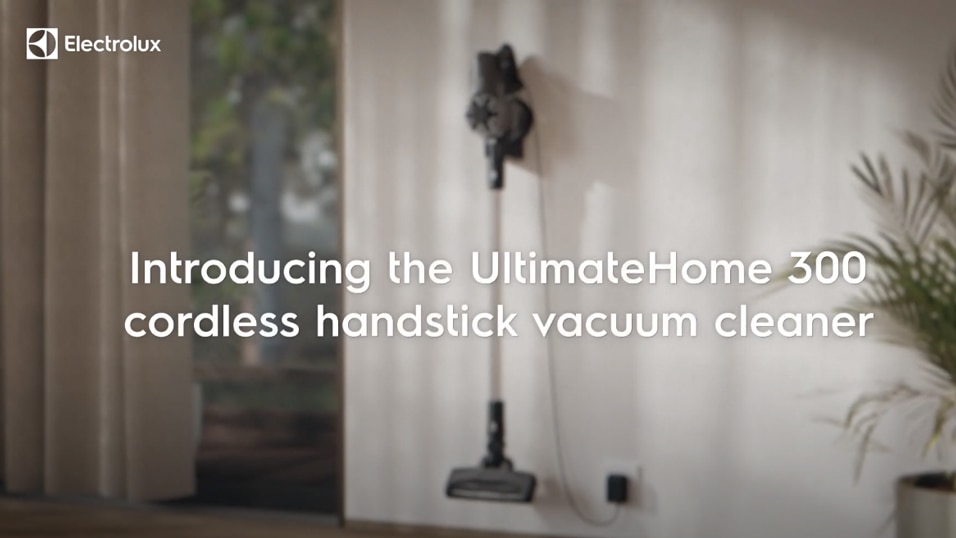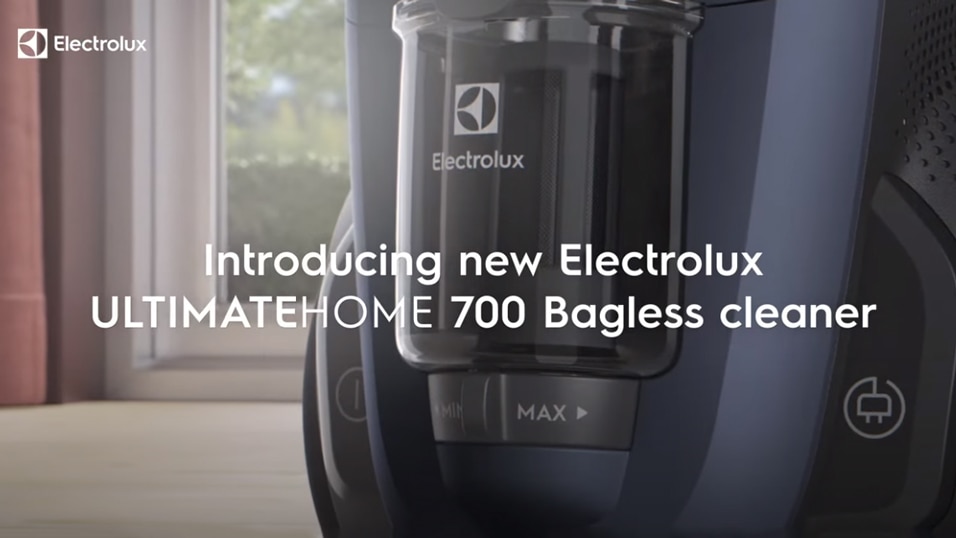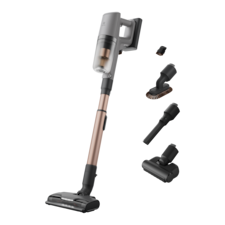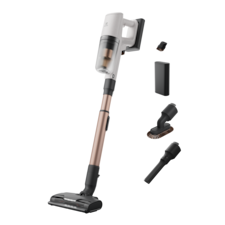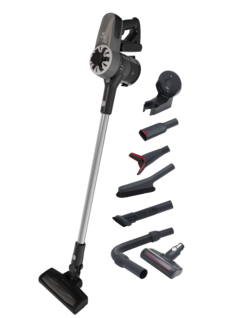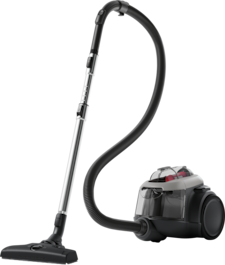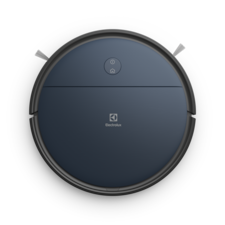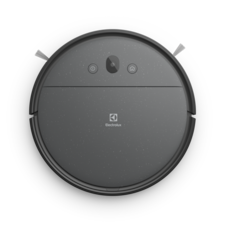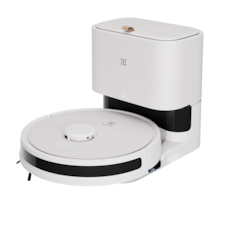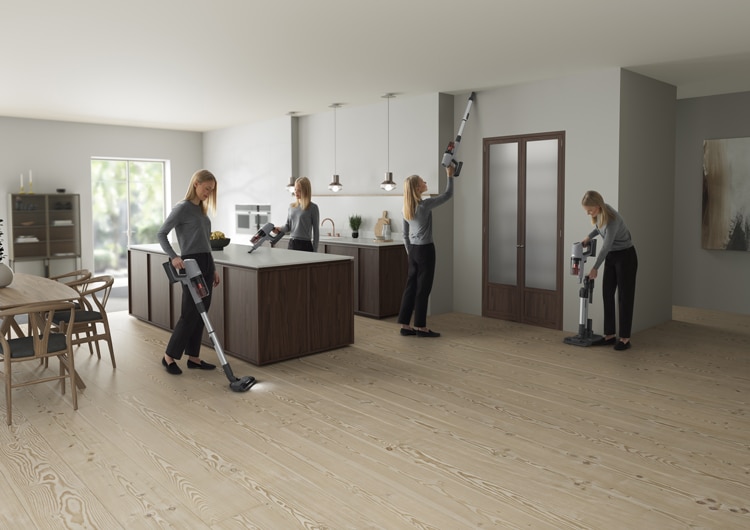1. Vacuum Cleaner Types
2. Corded vs Stick Vacuum Cleaners
3. Bagless vs Bagged Vacuum Cleaners
4. Vacuum filters
Vacuum filters trap dust and allergens, but get clogged over time. Regular cleaning and replacement ensures optimal suction and air quality.
Clogged filters reduce suction power, leading to poor cleaning and decreased efficiency. This can strain the motor and shorten the lifespan of your vacuum. Replace vacuum filters regularly to maintain performance, improve air quality, and extend the lifespan of your vacuum cleaner.
When buying, look for models with HEPA filters and washable or replaceable pre-filters for optimal performance and longevity.
5. Best Vacuum for Pet Hair & Allergies
Best vacuum for pet owners
Meet our Well Q7 Animal cordless vacuum—an expert in handling pet hair. Featuring BrushRollClean technology, it effortlessly cuts and collects hair, ensuring peak performance without manual intervention.

Best vacuum cleaner for a deep clean
Exceptional and effortless cleaning on all floors designed with powerful filtration and extended runtime with our 800 series stick vacuum cleaners.
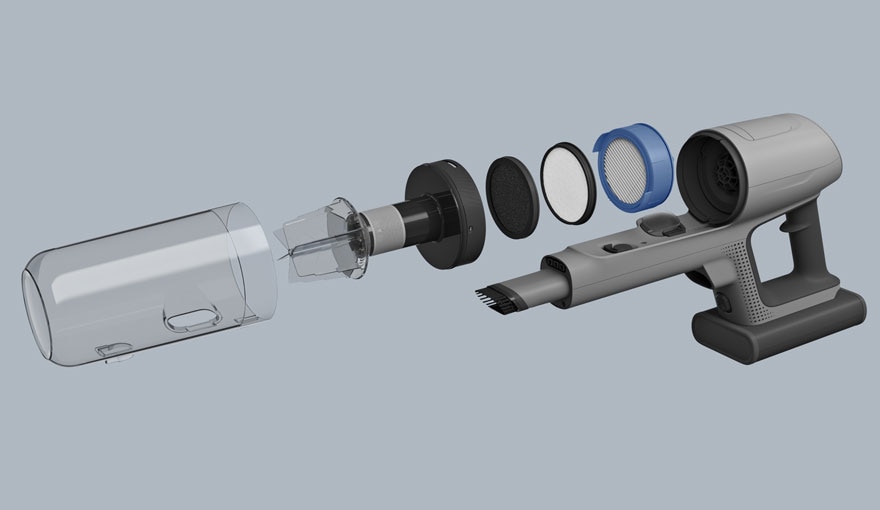
Recommended vacuum for allergies
- BrushRollClean™
- Filtration 5-step
- Onboard accessories


- Multi-function emptying station
- Extra Battery Runtime 180min
- Multiple cyclone
6. Wireless Handheld Car Vacuum Cleaners
Elevate your car cleaning experience with our 800 series stick vacuum cleaners. For car enthusiasts, you can use the handheld unit and the various different attachments to clean your car and keep it clean. With up to 180 minutes of vacuuming in one charge in EFP81825SB model, you can keep cleaning for longer to ensure your space is as clean as you like.
Recommended vacuum for cars
- Multi-function emptying station
- Extra Battery Runtime 180min
- Multiple cyclone
7. Features to look out for
Available space
When choosing a vacuum, tailor it to your needs for maximum value. Our cordless stick vacuums offer a sleek design, extended runtime, and are perfect for all floor types. Enjoy sustained suction power without compromise, making cleaning effortless and efficient for homes and apartments.
Noise level
Choose a low-noise vacuum to reduce interruption during operation, which is especially important in houses with pets, children, or shared living spaces. Opt for a vacuum with low noise levels for a quieter cleaning experience. Consider canister or cordless models, and check product specifications for decibel ratings before purchasing. (Consider adding specific models that have low noise levels).
Filtration system
Choosing the correct vacuum filtration system is critical for indoor air quality. HEPA filters trap small particles, making them suitable for allergy sufferers. Advanced filtration, such as cyclonic or multi-stage systems, improves efficiency by separating debris, prolonging filter life, and encouraging cleaner air, allergen reduction, and a healthier living environment. (Consider adding specific models that use HEPA filters).
Power source
Getting the correct vacuum power source is important for performance. Corded vacuums give steady power but have limited movement, whilst stick vacuums allow freedom but necessitate battery management. For a best cleaning experience based on your demands and home layout, consider runtime, recharge time, and power. (Consider adding specific corded/canister and stick vacuum models).
Scheduled cleaning
With scheduled cleaning, robot vacuums can automatically clean your floors on a specified schedule, keeping them dust-free with minimal work from you. This hands-free solution allows you to experience clean floors without having to use the traditional vacuum cleaner.
Automatic emptying
The UltimateHome 700 robot vacuum cleaner has an automatic emptying station and a self-emptying 2.4 L dustbag that can hold up to 6 weeks' worth of debris, allowing users to have minimum interaction with dust for a hygienic low-maintenance cleaning operation.
8. FAQs
-
Are battery-powered vacuums as powerful as canister vacuums?
Our battery-powered vacuum cleaners combine the power and performance of a traditional vacuum with the versatility and ease of a cordless model, which means you get the highest quality of clean every time.
-
Can Electrolux vacuum cleaner batteries be replaced?
Yes, vacuum cleaner batteries can be, and you can find them online via our spare parts and accessories web pages.
-
Do I need to clean or replace my vacuum filter?
We recommend cleaning HEPA filters monthly for optimum performance, and replacing them every 6-12 months. With our bagged vacuum cleaners there is no need to replace the filter, as each time you replace a bag you effectively refresh the filtration system.
-
How do I empty my vacuum cleaner?
Our bagged vacuum cleaners are fitted with a CleanLift handle and s-Bag design, meaning that disposing of used bags is simple. If you’re emptying a bagless model, our controlled emptying systems ensure seamless and hygienic dust disposal every time.
-
What is a HEPA filter?
Our HEPA filters are designed specifically for our range of vacuums. They capture 99.99% of dust particles including pollen, which is ideal to relieve symptoms of asthma and allergy sufferers. We recommend that you replace your HEPA filter every 6-12 months (depending on use). To find out more about maintaining your vacuum filters click here.
-
How to clean a vacuum filter?
Before attempting to clean the filter, check the user manual for tips on how to clean your filter as it may vary by model and type of vacuum. Generally speaking, you can clean a filter by removing it from the vacuum, then remove the dust using a small brush and then rinse under water. It's important to let the filter dry completely for 24 hours before putting it back into the vacuum.
-
How long does it take to charge a robot vacuum?
It can take up to 6 hours to fully charge a robotic vacuum, however that can vary depending on model.


